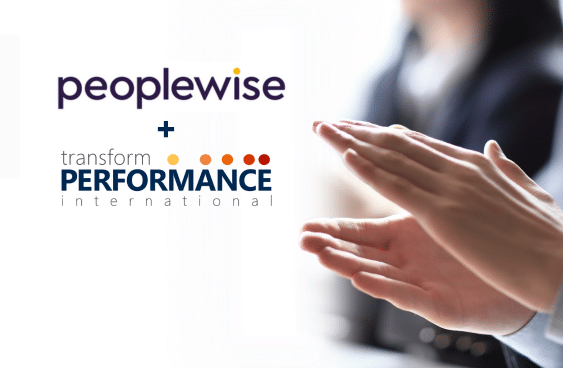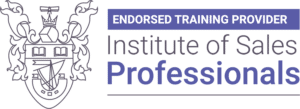Do you struggle to justify investing in more development for your sales teams? Do you feel as though C-suite decisions come down purely to cost?
Investment in sales enablement is critical if you want to ensure a high performing sales team but, because it is often viewed as a cost centre, business cases for additional spend are difficult to build.
At Transform Performance, we’re always focused on the value that we add so we have a few tips for you which may help change the impression of your sales enablement spend and mean it is viewed as a profit centre, rather than a cost centre.
1. Do your research
Firstly, as with anything cost related, it’s about understanding what baselines you are working to. At first glance, it may appear that Sales Enablement is only about spending money. To change this focus, you need to demonstrate the impact of that spend.
It’s time to understand what the outcomes of your investment would be. How are they measured? What are the drivers of performance that would signal success for your programme?
By understanding and, if possible, baselining some of these indicators, you can prepare to change the language used when writing your business case. More on that a little later.
2. What’s on offer?
If you’re a regular reader of our content, you’ll know that not all sales training is created equal. In order to build compelling business cases, you need to understand what your provider is offering you.
Ideally, it’ll be a collaborative process from the outset, enabling you to set the success factors and build in measures and reports that showcase the return on your investment.
Ideally therefore, it’s also important that you are purchasing a programme that can be shaped in terms of outcomes and style of delivery. Anything ‘off-the-shelf’ is going to be harder to fit to your indicators and may not satisfy all your success factors.
The last thing you want is to invest in something, only to have to spend money again on something that fills the gaps.
3. Change the fundamentals of the equation
Your CEO cares about return on investment, that is a fact that needs to be accepted. But how you prove ROI is absolutely something that can be moulded to fit your desired outcomes. By
- building your business case around desired and/or expected outcomes
- making sure you reflect the business benefits that your CEO wants to see (most likely higher turnover/greater profit)
- choosing solutions that make it easy to quantify the ROI
you can write your business case in the language of money. There’s no room for ‘vanity metrics’, you need to ensure you can identify and then measure the right indicators, such as pipeline velocity or average size of deal.
Getting traction with regards to ROI and effectively moving your sales enablement activity from being seen as a cost centre to instead being considered a profit centre means taking care to ensure you are focusing on the right things.
Be prepared to measure, report, refine and reiterate your inputs and outputs. The more data you have, the easier it becomes to justify investment, especially after the first successful business case is passed and the resulting programme is delivered.
To summarise, align your goals and your language with that of your CEO, ensure you understand the desired outcomes and what success looks like for you, and work with a provider who helps you to build something that will deliver a return.
Click here for further reading on securing the programme investment you need for your employees.





